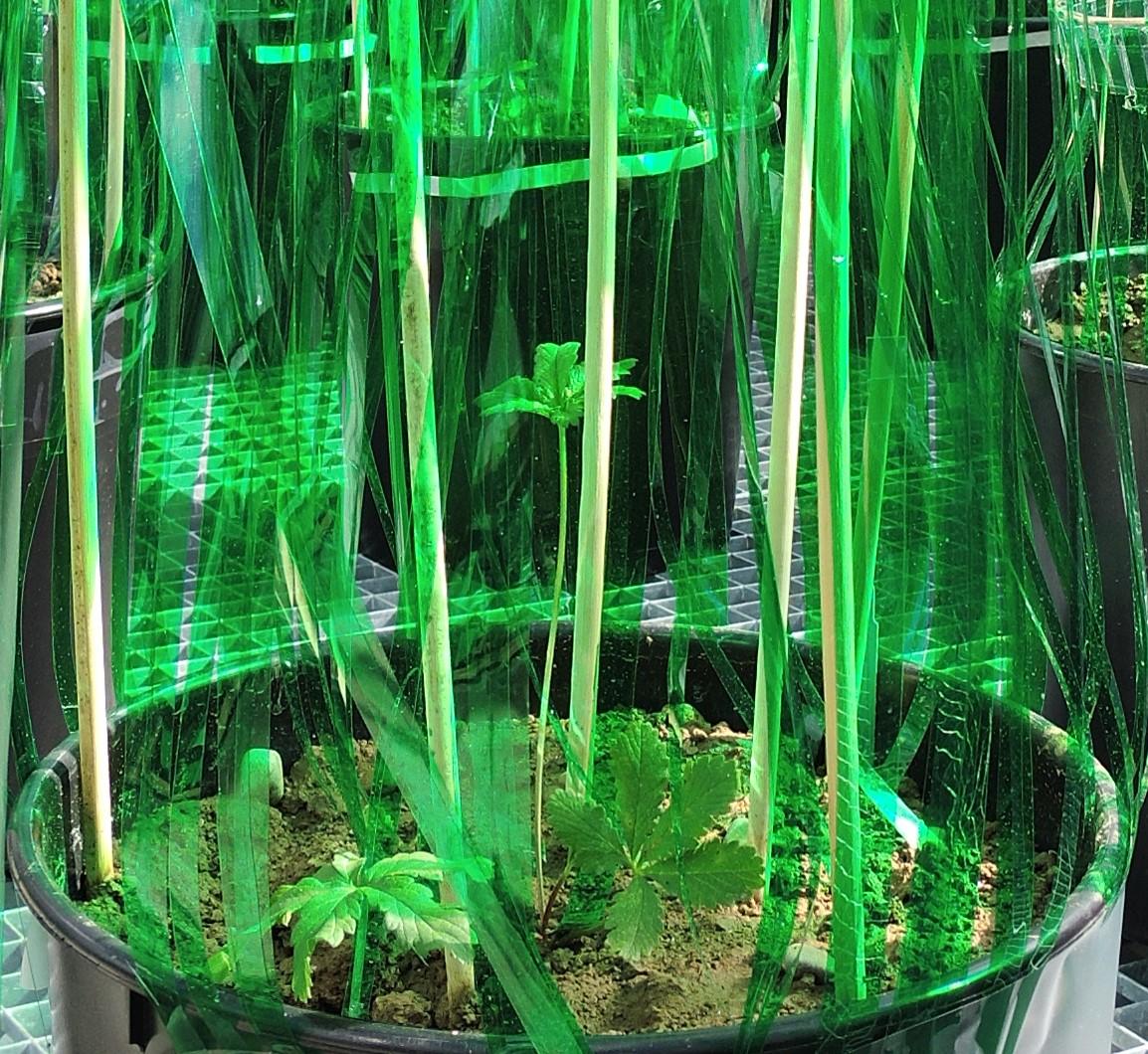News
21.12.2017
Plants reveal decision-making abilities under competition
Biologists from Tübingen University demonstrate that plants can choose between alternative responses to competition
Biologists from the University of Tübingen have demonstrated that plants can choose between alternative competitive responses according to the stature and densities of their opponents. A new study by researchers from the Institute of Evolution and Ecology reveals that plants can evaluate the competitive ability of their neighbors and optimally match their responses to them. The results were published in Nature Communications.
Animals facing competition have been shown to optimally choose between different behaviors, including confrontation, avoidance and tolerance, depending on the competitive ability of their opponents relative to their own. For example, if their competitors are bigger or stronger, animals are expected to “give up the fight” and choose avoidance or tolerance over confrontation.
Plants can detect the presence of other competing plants through various cues, such as the reduction in light quantity or in the ratio of red to far-red wavelengths (R:FR), which occurs when light is filtered through leaves. Such competition cues are known to induce two types of responses: confrontational vertical elongation, by which plants try to outgrow and shade their neighbors, and shade tolerance, which promotes performance under limited light conditions. Some plants, such as clonal plants, can exhibit avoidance behavior as a third response type: they grow away from their neighbors. “These three alternative responses of plants to light competition have been well-documented in the literature”, says Michal Gruntman, lead author of the paper. “In our study we wanted to learn, if plants can choose between these responses and match them to the relative size and density of their opponents.”
To answer this question, the researchers used the clonal plant Potentilla reptans in an experimental setup that simulated different light-competition settings. They used vertical stripes of transparent green filters that reduce both light quantity and R:FR and could therefore provide a realistic simulation of light competition. By changing both the height and density of this simulated vegetation, the researchers could present different light-competition scenarios to the plants.
 |
| The plant Potentilla reptans growing under simulated sparse vegetation. Photo: Udi Segev |
The results demonstrated that Potentilla reptans can indeed choose its response to competition in an optimal way. When the plants where under treatments simulating short-dense neighbors, which presented competitors that where too dense to avoid laterally but could be outgrown vertically, Potentilla reptans showed the highest confrontational vertical growth. However, under simulated tall-dense neighbors, which could not be outgrown either vertically or laterally, plants displayed the highest shade tolerance behavior. Lastly, under tall-sparse neighbors, which could only be avoided laterally, plants exhibited the highest lateral-avoidance behaviors.
The findings of this study reveal that plants can evaluate the density and competitive ability of their neighbors and tailor their responses accordingly. “Such an ability to choose between different responses according to their outcome could be particularly important in heterogeneous environments, where plants can grow by chance under neighbors with different size, age or density, and should therefore be able to choose their appropriate strategy” says Gruntman. This study provides new evidence for the ability of plants to integrate complex information about their environment and respond to it in an optimal way.
Publication:
Michal Gruntman, Dorothee Groß, Maria Májeková and Katja Tielbörger. Decision-making in plants under competition. Nature Communications 2017, DOI: 10.1038/s41467-017-02147-2
Contact:
Michal Gruntman
Tübingen University
Institute of Evolution and Ecology, Plant Ecology Group
Phone: +49-7071-2973224
<link mail window for sending>michal.gruntman[at]bot.uni-tuebingen.de
Eberhard Karls Universität Tübingen
Public Relations Department
Dr. Karl Guido Rijkhoek
Director
Antje Karbe
Press Officer
Phone +49 7071 29-76789
Fax +49 7071 29-5566
antje.karbe[at]uni-tuebingen.de
<link http: www.uni-tuebingen.de aktuell>www.uni-tuebingen.de/aktuell

